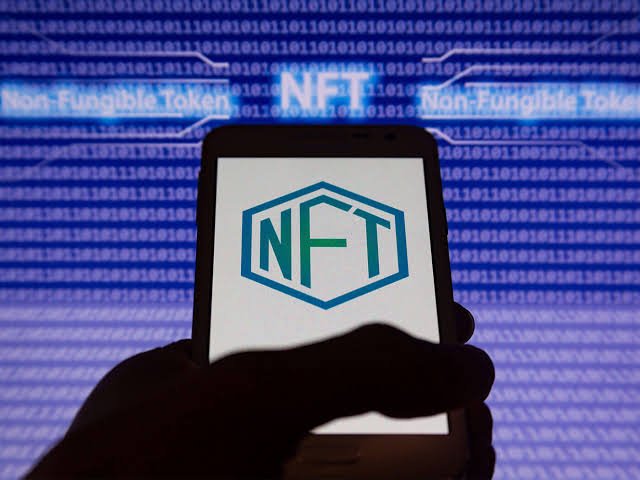NFT- (Part 1)
Hello all
Today i have come with a cryto related blog. As nft is a serious and active issue nowadays,so i thought of sharing the explanation about what is nft and what does this do. Hope you all will understand.
A token is a central term in the sense of blockchain and cryptocurrency. Tokens are available
in various types, created on different blockchain networks, and are used for a number of
purposes. With its specific characteristics and implementations, NFT is one of the kinds of
tokens.
NFT is the next new hype in the crypto market after Decentralized Finance (DeFi). Traders
and investors are talking about NFT and their potential in the coming future,
In this article, we will provide you with a detailed guide on the Non-Fungible Tokens (NFT).
Let's start :
The word fungible implies something that can be replaced by something identical. So, we can
easily understand by the name Non-Fungible Tokens that we are talking about a type of token
that can't be substituted by another similar token. It is distinctive and it is non-
interchangeable.
Witek Radomski, the co-founder of Enjin Coin, developed the first non-fungible token when
he wrote the code for the first NFT back in June 2017. However, two months later, in August,
the code was released to the public.
NFT is a type of token that is distinct from each other and cannot be interchanged. In certain
ways, this attribute makes it distinct and attractive. It is a virtual token made by cryptography,
to verifiably prove the validity and ownership of an object.
A non-fungible token (NFT) is a type of cryptographic token that refers to a specific object
on a blockchain. This can either be completely digital assets or real-world assets with
tokenized versions. As NFTs are not identical to each other, they may act within the digital
domain as evidence of authenticity and ownership.
There are some major differences between Fungible and Non-Fungible tokens. These can be
listed as below:
- Interchangeable: The Fungible tokens can be exchanged to the other token of the same
type whereas the Non-Fungible tokens cannot be replaced. - Uniform: All the Fungible tokens are identical in specification. However, each Non-
Fungible token is unique and different. - Divisible: The Fungible tokens are divisible into smaller units whereas Non-Fungible
tokens cannot be divided. - ERC standard: The Fungible tokens are ERC-20 standard whereas the Non-Fungible
tokens are ERC-721 standard.
How do NFTs work?
Different mechanisms exist for generating and issuing NFTs. ERC-721, a protocol for issuing
and exchanging non-fungible assets on the Ethereum blockchain, is the most popular of these.
ERC-1155 is a more recent, enhanced standard. It makes it possible to include both fungible
and non-fungible tokens in a single contract, opening up a whole new set of possibilities.
In open markets, like OpenSea, NFTs can be traded. Such markets connect buyers with
sellers, and each token's value is unique. Naturally, in response to market supply and demand,
NFTs are vulnerable to price changes.
A higher level of interoperability enables the standardization of the issuance of NFTs, which
eventually benefits the consumers. It essentially implies that specific assets can be shared
with relative ease between various applications.
Thanks for reading my blog.
